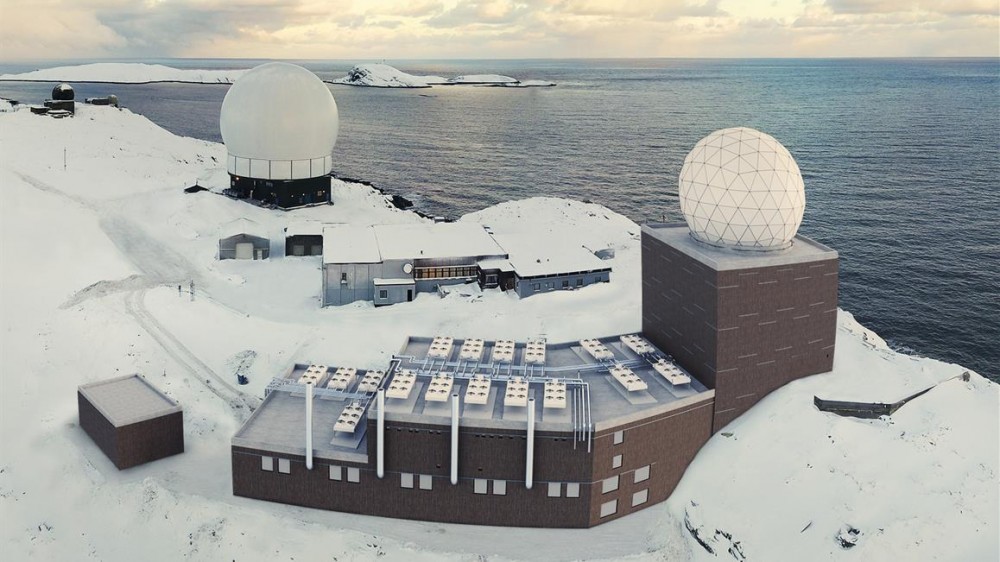Alwaght- Russia reserves the right to take retaliatory measures over the deployment of a US radar in Norway, Foreign Ministry Spokeswoman Maria Zakharova said.
"It is obvious that military preparations near the borders, be it the Russian or some other’s border, cannot be ignored by our country, like by any other country. We proceed from the fact that retaliatory measures will be taken to ensure our security," the diplomat stressed on Thursday.
"The talk is about the US Globus II radar. The radar station is based just 50 km from the border with Russia and is serviced by the military intelligence of Norway," Zakharova said.
"It is no secret for anyone that the data received is transferred directly to the United States. In April 2016, the press release of the Norwegian armed forces said that the radar station would be upgraded in 2017-2020 to comprise a new radar [Globus III whose construction is currently underway]," the Russian diplomat said.
Russia regularly raised this issue before the Norwegian side, the spokeswoman pointed out.
"Norwegian officials get away from explaining for what purposes the upgraded station will be used. They confine themselves to the statements that the radar system ‘generally is not aimed against Russia," although it is located 50 km from Russia, the diplomat said.
The Globus project between Washington and Oslo could be traced back to the 1950s, when NATO-aligned Norway proved a strategic front for the Cold War between the U.S. and the Soviet Union. Officially the Globus system was used to "conduct surveillance on, track, and categorize space objects; conduct surveillance in our national area of interests and collect data for national research and development," according to the Norwegian military.
The Arctic region, in general, has also become an increasingly contentious arena for troubled ties between the West and Russia. Moscow has pioneered its nuclear-powered icebreaker technology, forging new trade routes. The U.S. and Russia have also both stepped up military activities in the strategic region



























